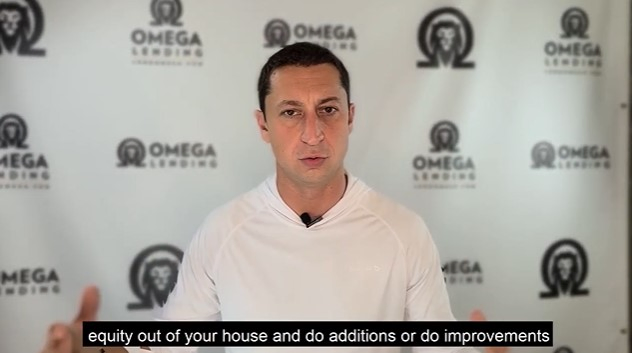Can I refinance to pay for home improvements?
Yes, many people look to refinance their mortgage in order to pay for home improvements and updates. The method by which this is done can vary and the process you should go through will depend upon your needs and your current financial situation.
The primary way people refinance to pay for home improvements is via a cash out refinance. This is the process of borrowing money against the equity you’ve built in your home by replacing your existing mortgage with a new loan for more than you owe on the house. The difference will come to you in cash which can be used for a variety of financial reasons, like home improvement.
The other way you can look at a refinance for home improvements is to refinance for a lower monthly interest rate and use the savings towards improvements. This may be a slower process but if you have repaired your credit and rates are low, the savings each month could be substantial.
Finally, you could consider a home equity line of credit (HELOC) which is funds made accessible from the equity you’ve built in your home. It’s like a line of credit that you can draw from and will be required to repay at a variable interest rate. Like a credit card, as you pay off your balance, your available funds will replenish.
Sample Calculation for Home Improvement Refinance
In order to better understand how a refinance works to convert equity into cash for making home improvements, let’s take a look at a sample scenario.
Let’s image you bought a home for $200,000 and have paid down the principle $80,000. In addition, your property values have risen and your home is valued at $210,000. That means you have $90,000 in equity in your home. Not all of that will be accessible for a cash out or HELOC refinance, but a portion will.
Let’s say that you can only refinance 80% of the home’s value. That means roughly $42,000 will need to remain in the home while $48,000 can be “cashed-out”, minus closing costs and other expenses. That is a sizeable amount to use towards updating, improvements or even getting your home ready for sale.


